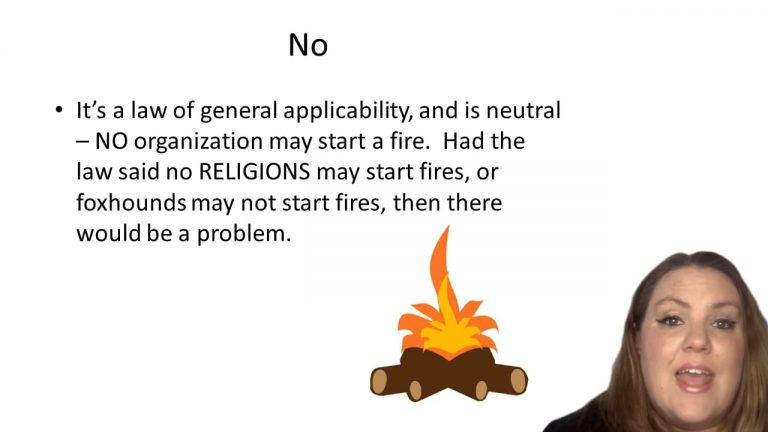SmartBrief
Confirm favorite deletion?
Constitutional Law Keyed to Choper
Trump v. Hawaii
Citation:
585 U.S. ___, 138 S.Ct. 2392, 201 L.Ed.2d 775 (2018).Facts
The Immigration and Nationality Act (INA) vests the President with authority to restrict the entry of aliens whenever he finds that their entry would be detrimental to the interests of the United States. President Trump concluded that it was necessary to impose entry restrictions on nationals of countries that present national security risks.
Shortly after taking office, President Trump signed Executive Order No. 13769, Protecting the Nation From Foreign Terrorist Entry Into the United States (“EO-1”). EO-1 directed the Secretary of Homeland Security to conduct a worldwide review to examine the adequacy of information provided by foreign governments about their nationals seeking to enter the U.S. Pending that review, the order suspended for 90 days the entry of foreign nationals from 7 countries–Iran, Iraq, Libya, Somalia, Sudan, Syria, and Yemen–that had been previously identified by Congress or prior administrations as posing heightened terrorism risks.
In response to the Ninth Circuit’s decision to affirm the district court’s injunction blocking the entry restrictions, the President revoked EO-1 and replaced it with EO-2, temporarily restricting the entry (with case-by-case waivers) of foreign nationals from 6 of the countries covered by EO-1. Those countries had been selected because each “is a state sponsor of terrorism, has been significantly compromised by terrorist organizations, or contains active conflict zones.” The entry restriction was to stay in effect for 90 days, pending completion of the worldwide review.
These interim measures were immediately challenged in court. The temporary restrictions in EO-2 expired before the U.S. Supreme Court took any action and the lower court decisions were vacated.
On September 24, 2017, after completion of the worldwide review, the President issued Presidential Proclamation 9645 (the “Proclamation”), which sought to improve vetting procedures by identifying ongoing deficiencies in the information needed to assess whether nationals of particular countries present “public safety threats.” To further that purpose, the Proclamation placed entry restrictions on the nationals of 8 foreign states whose systems for managing and sharing information about their nationals the President deemed inadequate.
The Plaintiffs, citing a variety of statements by Trump and administration officials, argued that the proclamation and its predecessor orders were motivated by anti-Muslim animus.
Only StudyBuddy Pro offers the complete Case Brief Anatomy*
Access the most important case brief elements for optimal case understanding.
*Case Brief Anatomy includes: Brief Prologue, Complete Case Brief, Brief Epilogue
- The Brief Prologue provides necessary case brief introductory information and includes:
Topic:
Identifies the topic of law and where this case fits within your course outline.Parties:
Identifies the cast of characters involved in the case.Procedural Posture & History:
Shares the case history with how lower courts have ruled on the matter.Case Key Terms, Acts, Doctrines, etc.:
A case specific Legal Term Dictionary.Case Doctrines, Acts, Statutes, Amendments and Treatises:
Identifies and Defines Legal Authority used in this case.
- The Case Brief is the complete case summarized and authored in the traditional Law School I.R.A.C. format. The Pro case brief includes:
Brief Facts:
A Synopsis of the Facts of the case.Rule of Law:
Identifies the Legal Principle the Court used in deciding the case.Facts:
What are the factual circumstances that gave rise to the civil or criminal case? What is the relationship of the Parties that are involved in the case.Issue(s):
Lists the Questions of Law that are raised by the Facts of the case.Holding:
Shares the Court's answer to the legal questions raised in the issue.Concurring / Dissenting Opinions:
Includes valuable concurring or dissenting opinions and their key points.Reasoning and Analysis:
Identifies the chain of argument(s) which led the judges to rule as they did.
- The Brief Prologue closes the case brief with important forward-looking discussion and includes:
Policy:
Identifies the Policy if any that has been established by the case.Court Direction:
Shares where the Court went from here for this case.

 6m 19s
6m 19s